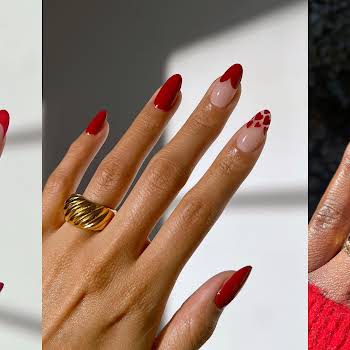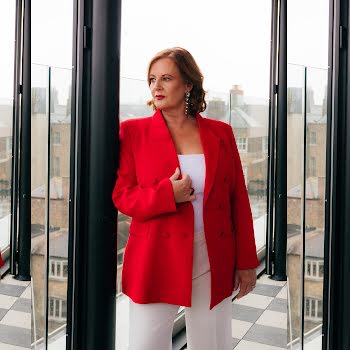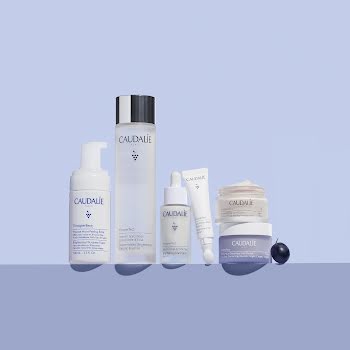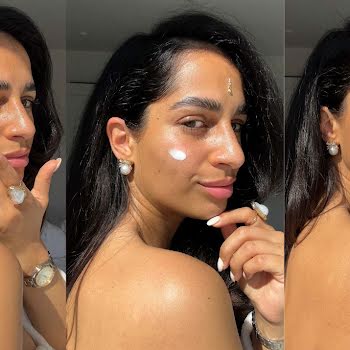
Back to beauty basics: Five tips to help you find – and match – your perfect foundation
By Jennifer McShane
28th Apr 2019
28th Apr 2019
Even with the diverse range of foundations on the beauty scene at the moment, we’ve all been victim to foundation-matching woes. The “but it looked brilliant in the shop!” wail of despair upon realising that, yet again, the foundation doesn’t look right when you apply it at home. Finding the correct foundation shade can be a daunting task, but we’re here to help. Below we’ve listed five steps that can help you find your perfect match.
Have a ‘type’ of foundation in mind
Foundations today come in so many different kinds – cream, powder, liquid, mousse – so at the very least, know your skin type; there’s no point opting for a mousse foundation, for example, if your skin is dry, as the mousse formulation will amplify the issue.
Related: Eight excellent, budget-friendly foundations for less than €20
If you have dry skin, go for a hydrating liquid or cream. If you have oily skin, then a mineral, powder or oil-free liquid formula is best. Combination skin is trickier as you want something that works on the dry and oily areas, but as a general rule, water-based foundations are great (MAC or Chanel have excellent options) because they moisturise without going overboard.
Test [the foundation] in an area where you are actually going to wear it! So, yes, that means right in the middle of your face; not your jaw, not your neck and certainly not your hand or wrist.
Undertones are important
You’ve probably heard many people talking about undertones – the subtle tint or cast of colour underneath your skin – at least once. Knowing your undertones is essential to finding the right foundation because only a foundation that matches both your skin tone and undertones is going to blend in seamlessly. Everyone is different so before you go to buy a foundation; it’s worth examining your own skin in natural daylight and to get an overview of all the different tones in your exposed skin. Does your face match your neck, shoulders and hands and so on?
There are three types of undertones: Warm, neutral and cool. If you’re not sure what you are, you can look at the inside of your wrist – don’t test the foundation there, though! Does the colour look pinker or does it fall somewhere in between? Pink means you have cool undertones (and generally your veins will be very visible), yellow is warm and somewhere in between is neutral. If you’re still in doubt, ask the beauty professional to help you with this aspect.

Match it up properly
Getting you undertone correct is half the battle and now the next crucial step; matching the shade to your skin. There are many distinctly different schools of thought on where to match your foundation, but it’s best o test it in an area where you are actually going to wear the foundation! So, yes, that means right in the middle of your face; not your jaw, not your neck and certainly not your hand or wrist.
You need to see if the tone blends into the skin in the area where there is the most discolouration – be it from hyper-pigmentation, redness or sallowness. If the foundation blends almost away in the skin, it is the right one. I am from the brigade of artists who prefer a natural looking base -nothing too pale, nothing too yellow or dark. Most brands have aligned their tones to be quite close together these days, so it is conceivable that you could buy one tone up for an evening foundation as is a popular practice in these Celtic Isles, but if you keep the dark-to-night and the light-to-day as a general rule, you’ll be okay.
4. Stuck in the middle
Having trouble deciding between two shades? A good option is to buy them both, then try them out at home to see which works best. It might seem costly initially, but will be saving you money in the long run.
It’s also important to keep in mind that your skin tone changes with the season; it will be lighter in the winter and darker in the summer. It’s a good idea to have two shades on hand, one a little lighter than your skin and one a little darker. Alternatively, some do decide to mix two shades which you can do but bear in mind that unless they are two foundations from the same brand, you’re going to run into issues with texture and consistency.

Salvage a beauty buy-error
If you have bought a wrong shade, think twice before throwing it out. You can still use it, just sparingly. Don’t use it all over the face as it will look like a mask as opposed to your own skin. If it’s too light, it might still be wearable in winter when your skin will be lighter, or you can use it as a concealer. Likewise, with a darker shade, you may get away with it if you tan during the summer months.
Keep these tips in mind the next time you go on the foundation hunt. Initially, it takes a little time and effort to find the foundation that suits your skin type and matches correctly, but if you put the work in at the start, it’ll save you wasted money in the long run.
Main photograph: Twitter
More like this:























